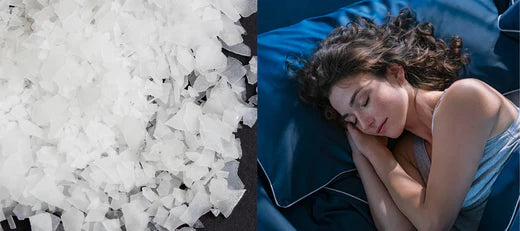Beyond Blue Light: How Technology is Killing Our Eyes

Forget Blue Light. These are the real reasons your computer screen is killing your eyes.
Daniel Georgiev's TEDx Talk "How Technology is Killing Your Eyes" has been viewed more than 268,000 times since January of this year (6 months).
Today, the creator of Iris - computer software created to mitigate the harmful effects of 10 hours a day staring at screens - is on the Optimal Performance Podcast to shares his top tips to protect your eyes, increase your health, and boost your productivity.

A former athlete turned computer programmer, Daniel began having eye problems after his screen usage time approached the American average of 10 hours per day.
His search for health solutions led him to create his own software program, which is now available to the public as Iris.
Originally designed to be an add-on for f.lux users, Daniel technology addresses the major issues of screen usage beyond blue light including screen glare, brightness and pulse waves - also known as flicker rate - screen inversion, and eye-friendly fonts.
Listen to whole show here. We've pulled out Daniel's Top 4 Screen Hacks below:
4 Ways to Protect Your Eyes and Increase Productivity When Using Screens
1. Take more breaks
Our eyes are designed to move, not stare at one object fixed a few inches to feet in front our faces for hours at a time.
Use the 20-20-20 Rule to reduce eye strain. Every 20 minutes, stand up for 20 seconds and look 20 feet away.
2. Avoid LED screens if possible
LEDs are semiconductors, meaning they constantly flicker on and off to prevent their own burnout. For our eyes, this is the equivalent of constantly switching the lights on and off.
Kindle screens, for example, are not LED and this is why they cause significantly less eye strain.
If you're unable to avoid LED screens, adjust brightness to control flicker rates. According to Daniel, the sweet spot for productivity and health is to set your screen brightness to the match the ambient room brightness.
3. Go Matte. Reduce gloss.
LED screens produce incredible colors and displays, but with that comes huge reflection and screen glare. This reflection creates a double image, which your brain must "block out" to focus on the actual screen display, creating brain and eye strain that accumulates over time.
If possible use a matte display or get a matte filter for your screen. (Iris does not currently offer a matte filter.)
4. Use eye-friendly fonts
Certain fonts, like Times New Roman increase eye strain due to their "serifs" - the little "embellishments" attached to the ends of letters.
According to Daniel, and this 2002 study, Verdana, Courier, and Arial are the most eye friendly fonts, with Verdana being the most eye-friendly.
Links & Resources
Learn more about or Get IRIS here
Daniel's TEDx Talk on Technology and Eye Health










